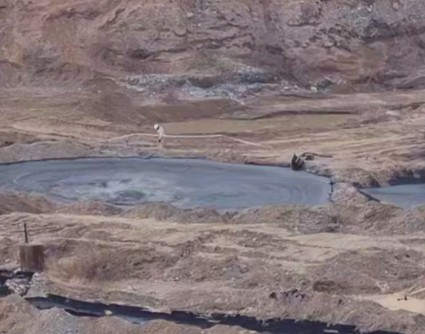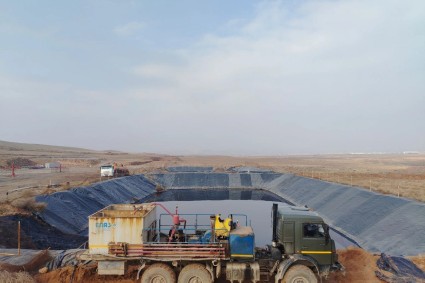On December 2, the President of Uzbekistan signed a resolution on increasing the effectiveness of reforms to transition to green economy until 2030.
The resolution approved the Program for the transition to green economy and ensuring green growth in Uzbekistan until 2030.
It aims to achieve several goals:
- reduction of specific greenhouse gas emissions per unit of gross domestic product by 35% from the level of 2010;
- increasing the production capacity of renewable energy sources up to 15 GW and bringing their share in the total volume of electricity production to more than 30%;
- increasing energy efficiency in industry by at least 20%;
- reduction of energy intensity per unit of gross domestic product by 30%, including through the expansion of the use of renewable energy sources;
- a significant increase in the efficiency of water use in all sectors of the economy, the introduction of water-saving irrigation technologies on an area of up to 1 million hectares;
- expanding green spaces in cities to over 30% by planting 200 million seedlings per year and bringing the total number of seedlings to over 1 billion;
- bringing the index of the reserves of the forest fund of the republic to more than 90 million cubic meters;
- increase in the level of processing of generated household waste to more than 65%.
In addition, the resolution approved the Concept for the transition to a green economy and ensuring energy saving in industries, the Action Plan for the transition to a green economy until 2030, and target parameters for saving fuel and energy resources in sectors of the economy in 2022-2026.
The Ministry of Economic Development and Poverty Reduction has been designated as the authorized body for coordinating activities to promote the green economy and implement the principles of green growth, reduce greenhouse gas emissions in the sectors of the economy.
The Ministry of Energy has been designated as the authorized body for the development of green energy, in particular the widespread introduction of renewable energy sources and hydrogen energy, as well as increasing energy efficiency and reducing the energy intensity of manufactured products.
According to the resolution, from June 1, 2023, a system of green certificates will be introduced based on the requirements to limit the impact on the environment and the environment in the production of products.
In addition, the infrastructure for state regulation of greenhouse gas emissions in 2022-2026 will be gradually created, providing for:
- state registration of greenhouse gas emissions and maintenance of their state cadastre;
- formation and maintenance of the register of carbon units;
- setting targets for reducing greenhouse gas emissions by economic sectors;
- state support for activities to reduce greenhouse gas emissions.
From January 1, 2024, a modern monitoring, reporting and verification (MRV) system in the field of climate change will be implemented, covering all greenhouse gases.
In the future, investment projects at the planning stage and before their implementation will be assessed for the possibility of reducing the amount of greenhouse gases emitted by them.
In addition, from January 1, 2024, as part of investment projects for the construction of new solar and wind power plants with a capacity of more than 1 MW, an electric energy storage system with a capacity of at least 25% of the installed capacity of these stations will be introduced without fail.
The document also approved the establishment of a Donor Coordination Group, the main task of which is mutual coordination of technical support, analysis and capacity building of international financial institutions and development partner organizations operating in the field of climate change and green growth in Uzbekistan. It will include representatives of the Ministry of Economic Development, the Ministry of Energy and heads of representative offices of international organizations and financial institutions in Uzbekistan.
Uzhydromet and the National Research Institute of Renewable Energy Sources were instructed to create an Innovation Database on solar, wind and biogas energy resources throughout the country within two months.














